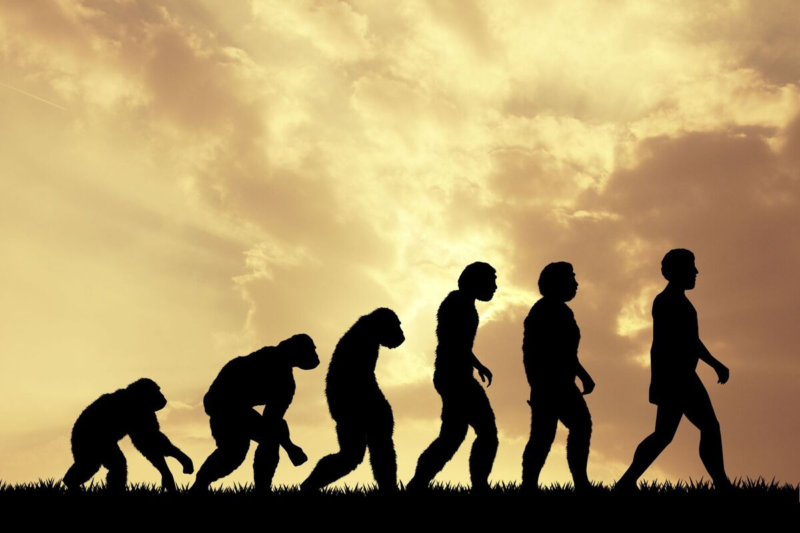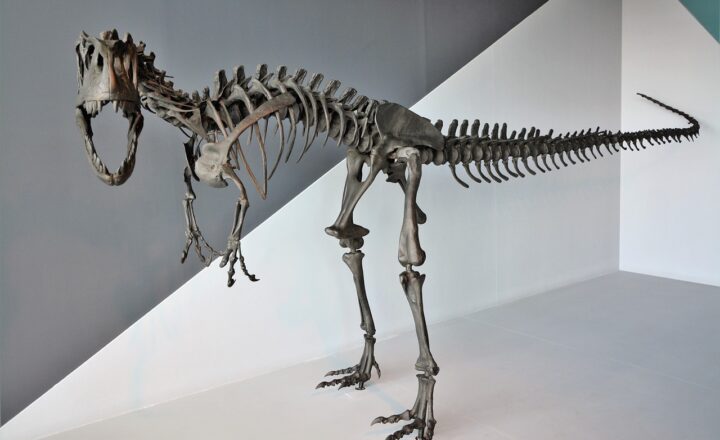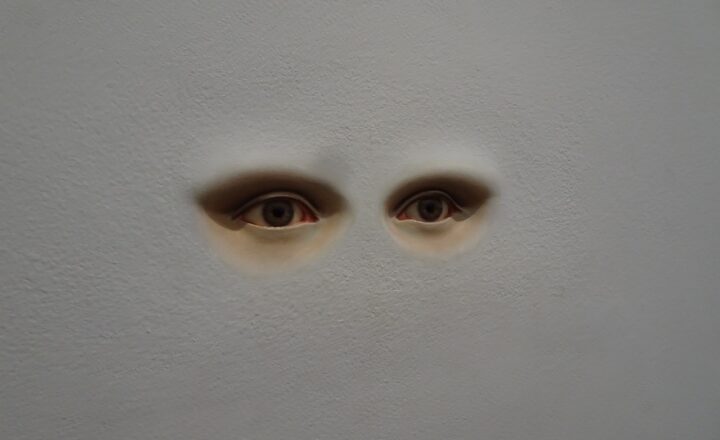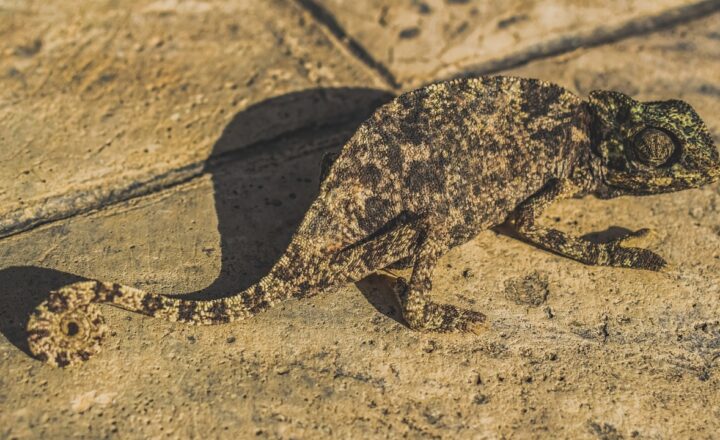
Evolution is the process by which life on Earth has developed and diversified over billions of years. It explains how all species, from the simplest single-celled organisms to the most complex animals and plants, are related through common ancestry. The science of evolution has transformed our understanding of biology, genetics, and the history of life, offering profound insights into the origins and diversity of living organisms.
In this article, we’ll explore the key concepts of evolution, the evidence supporting evolutionary theory, and how natural selection drives the process of adaptation and survival in a constantly changing world.
1. What is Evolution? A Definition
At its core, evolution is the change in the genetic makeup of a population over time. This process can lead to the development of new species and the diversity of life we see today. The idea of evolution is based on two primary mechanisms:
1. Genetic Variation
Genetic variation refers to the differences in DNA sequences between individuals within a species. These differences arise through mutations, gene flow, and recombination. Without genetic variation, populations would not have the raw material for evolution to act upon.
2. Natural Selection
Natural selection is the process by which certain traits become more or less common in a population due to their impact on an organism’s ability to survive and reproduce. Traits that provide a survival or reproductive advantage are passed on to future generations, while less advantageous traits tend to disappear over time.
2. The History of Evolutionary Theory: From Darwin to Modern Genetics
The theory of evolution by natural selection was first formulated by Charles Darwin in his groundbreaking 1859 book, On the Origin of Species. Darwin’s observations of the natural world, particularly during his voyage on the HMS Beagle, led him to propose that species evolve over time through a process of natural selection.
1. Charles Darwin’s Contributions
Darwin’s theory was revolutionary because it provided a natural explanation for the diversity of life. He argued that organisms with traits better suited to their environment were more likely to survive and reproduce, passing those traits to future generations. This idea became known as “survival of the fittest”—though it’s not just about physical strength but rather how well an organism fits its environment.
2. The Modern Synthesis
While Darwin’s theory was a breakthrough, it lacked an understanding of the genetic mechanisms underlying evolution. It wasn’t until the early 20th century, with the development of Mendelian genetics, that scientists combined Darwin’s ideas with genetics to form the Modern Synthesis of evolutionary biology. This framework explained how mutations in DNA create genetic variation, which natural selection acts upon.
3. Mechanisms of Evolution: How Life Changes Over Time
There are several mechanisms through which evolution occurs, all of which contribute to the complexity and diversity of life.
1. Natural Selection
As mentioned earlier, natural selection is the process by which advantageous traits become more common in a population. It is often called the “engine” of evolution because it drives organisms to adapt to their environments over time.
- Example: The peppered moth in England. Before the Industrial Revolution, light-colored moths were more common because they blended in with lichen-covered trees. As pollution darkened the trees, darker moths became more common because they were less visible to predators.
2. Mutation
Mutations are changes in the DNA sequence of an organism. While most mutations are neutral or harmful, some can create new traits that provide a survival advantage.
- Example: Antibiotic resistance in bacteria. Random mutations can make some bacteria resistant to antibiotics, allowing them to survive and reproduce in environments where antibiotics are present.
3. Genetic Drift
Genetic drift is the random fluctuation of gene variants in a population, particularly in small populations. Unlike natural selection, genetic drift doesn’t necessarily favor traits that improve survival, but it can still lead to significant changes over time.
- Example: A population of animals on an isolated island may develop traits through genetic drift that differ from their mainland relatives, even without environmental pressure.
4. Gene Flow
Gene flow occurs when individuals from different populations interbreed, introducing new genetic material into a population. This process increases genetic diversity and can influence the direction of evolution.
- Example: Migrating birds from different regions mixing genes in their offspring.
4. Evidence for Evolution: How We Know It’s Happening
The theory of evolution is supported by a vast body of evidence from multiple scientific fields, including paleontology, genetics, embryology, and comparative anatomy.
1. Fossil Record
Fossils provide direct evidence of how life has changed over millions of years. By studying fossils, scientists can trace the development of species and observe transitions between different forms of life.
- Example: The transition from land mammals to whales. Fossils show the gradual adaptation of ancestral mammals to aquatic life, with intermediate forms like Ambulocetus, which had limbs capable of walking on land and swimming.
2. Comparative Anatomy
The study of the anatomy of different species reveals striking similarities that suggest a common ancestry.
- Homologous Structures: Body parts that are similar in structure but may serve different functions. For example, the forelimbs of humans, whales, and bats share the same bone structure, even though they are used for different purposes (grasping, swimming, flying).
- Vestigial Structures: Body parts that have lost their original function through evolution. Examples include the human appendix and the remnants of hind limbs in whales.
3. Genetic Evidence
With the advent of modern genetics, scientists can now compare the DNA of different species. Similarities in genetic sequences provide compelling evidence of common ancestry.
- Example: Humans and chimpanzees share approximately 98% of their DNA, indicating that they diverged from a common ancestor about 6 to 7 million years ago.
4. Embryology
The study of embryos shows that many species go through similar developmental stages, providing evidence for evolution. For example, early human embryos have gill-like structures, reflecting our distant evolutionary relationship to fish.
5. Speciation: The Birth of New Species
One of the most important outcomes of evolution is speciation—the process by which new species arise. Speciation occurs when populations of a species become isolated from one another and evolve independently.
1. Geographic Isolation
When populations are geographically separated (e.g., by mountains, rivers, or oceans), they experience different environments and selective pressures. Over time, these populations may evolve into distinct species.
- Example: Darwin’s finches in the Galápagos Islands. Different populations of finches evolved to have different beak shapes depending on the food sources available on their particular island.
2. Reproductive Isolation
In some cases, populations may diverge so much that even if they come into contact again, they can no longer interbreed. This reproductive isolation solidifies the formation of new species.
6. Human Evolution: Our Place in the Tree of Life
Humans are a product of evolution, just like all other species. The study of human evolution reveals our common ancestry with other primates and the long journey that led to modern Homo sapiens.
1. Early Hominins
The human lineage diverged from the ancestors of chimpanzees around 6 to 7 million years ago. Early hominins like Australopithecus afarensis (best known from the fossil “Lucy”) walked on two legs but had small brains compared to modern humans.
2. Homo Genus
About 2.5 million years ago, the genus Homo emerged, with species like Homo habilis, who used simple tools. Homo erectus was the first to leave Africa, and Homo neanderthalensis coexisted with modern humans (Homo sapiens) before going extinct around 40,000 years ago.
3. Modern Humans
Homo sapiens appeared around 300,000 years ago in Africa. Our species spread across the globe, developing complex societies, languages, and technologies. Genetic evidence shows that modern humans interbred with Neanderthals and another archaic human group, the Denisovans.
7. The Ongoing Process of Evolution: It Never Stops
Contrary to popular belief, evolution is not a process of the past—it’s happening right now. All living organisms, including humans, continue to evolve in response to environmental changes, diseases, and other pressures.
- Example: The rapid evolution of antibiotic-resistant bacteria. As antibiotics are used to kill harmful bacteria, the few that survive (due to random mutations) reproduce and pass on their resistance, leading to the rise of superbugs.
Conclusion: The Power of Evolution in Understanding Life
The theory of evolution offers a profound explanation for the diversity of life on Earth. From the smallest microorganisms to the largest mammals, every species is the result of billions of years of evolutionary processes. By studying evolution, we gain insight into the interconnectedness of all living things and our place in the natural world.
As science continues to uncover more about genetics, fossils, and the environment, our understanding of evolution will only deepen, revealing even more about the origins and future of life on Earth.








